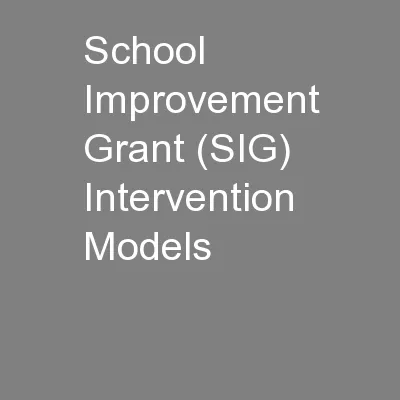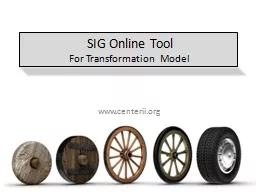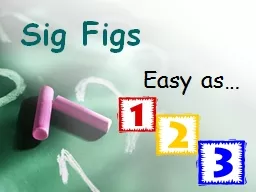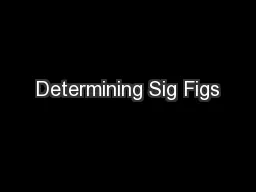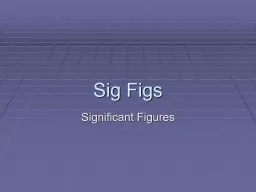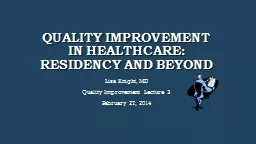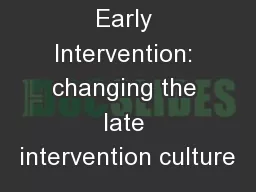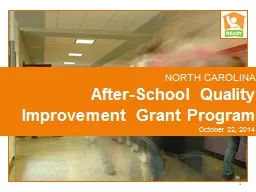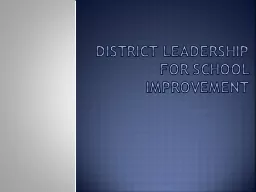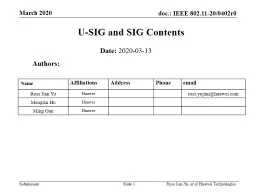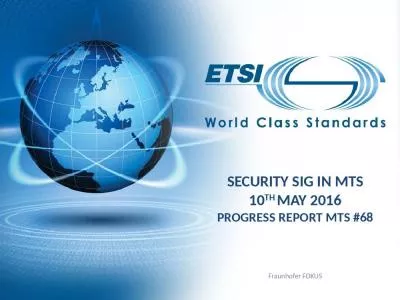PPT-School Improvement Grant (SIG) Intervention Models
Author : stefany-barnette | Published Date : 2016-07-03
A webinar series prepared by the Center on Innovation amp Improvement for use by the regional comprehensive centers and state education agencies to inform local
Presentation Embed Code
Download Presentation
Download Presentation The PPT/PDF document "School Improvement Grant (SIG) Intervent..." is the property of its rightful owner. Permission is granted to download and print the materials on this website for personal, non-commercial use only, and to display it on your personal computer provided you do not modify the materials and that you retain all copyright notices contained in the materials. By downloading content from our website, you accept the terms of this agreement.
School Improvement Grant (SIG) Intervention Models: Transcript
Download Rules Of Document
"School Improvement Grant (SIG) Intervention Models"The content belongs to its owner. You may download and print it for personal use, without modification, and keep all copyright notices. By downloading, you agree to these terms.
Related Documents

